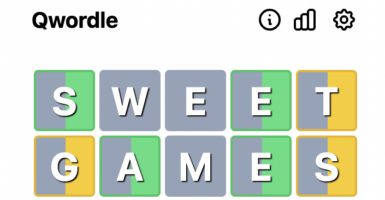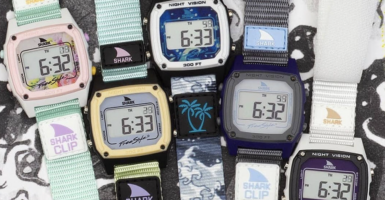30+ Fascinating Facts About The Origins Of Famous Brands
Some of our favorite brands have been around for more than a century, making them more a part of our culture and history than most people ever realized.
Keep reading to learn some of the most surprising and little-known facts about the brands you encounter every single day. There’s a good chance you can find most of these brands in your own house!
There used to only be one golden arch

Dick and Mac McDonald opened their first restaurant called “McDonald’s Bar-B-Q Restaurant” on Fourteenth and E streets in San Bernardino, California in 1940.
The typical drive-in style fast-food menu featured their staple 15 cent hamburger that would make them famous. But the original menu also featured hotdogs, potato chips, slices of pie, and even car-hop service!
Samsung used to be a grocery store
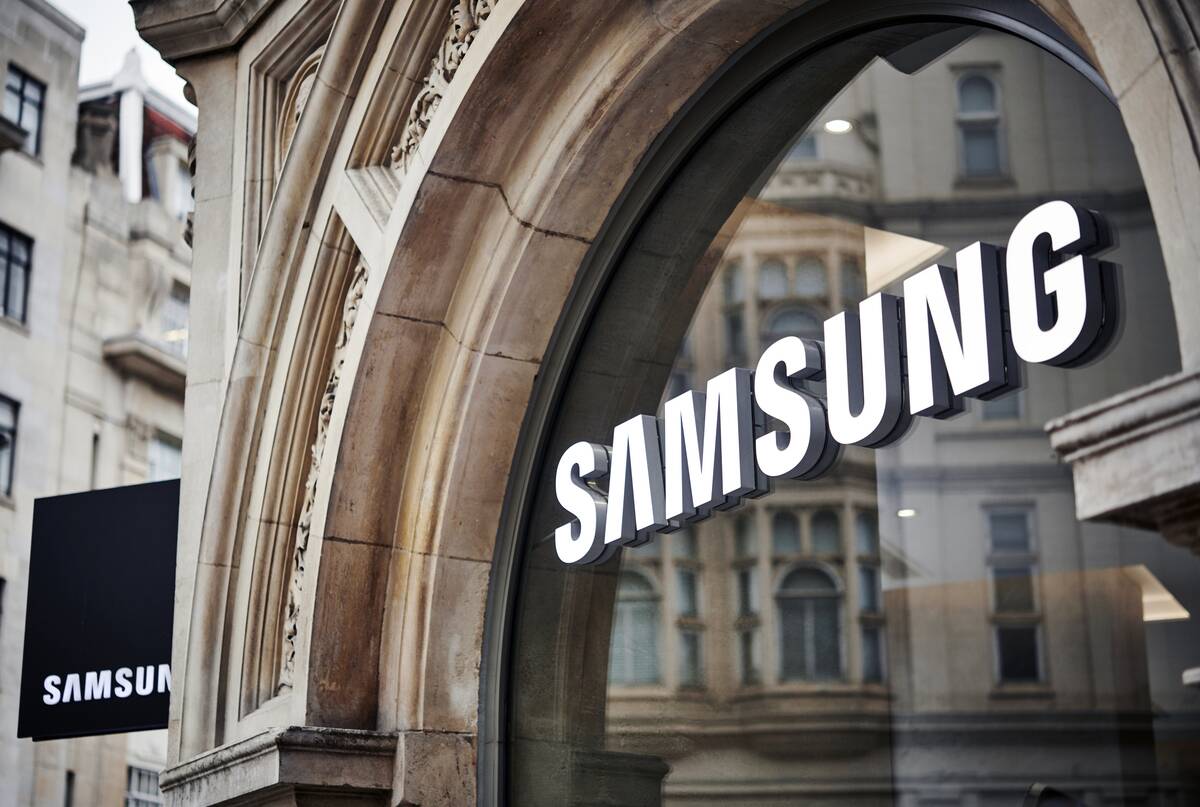
The technology giant we know today as Samsung didn’t always sell high-quality electronics. Once upon a time, Samsung was a trading company and Korean grocery store.
The store was founded by a man named Lee Byung-Chul in 1938 and sold noodles, dried fish, and local produce to the local population of Daegu, South Korea. It wasn’t until the 1970s that the company began to export home electronics, beginning with black and white televisions.
Levi Strauss never wore his own clothing because they were made for the working class
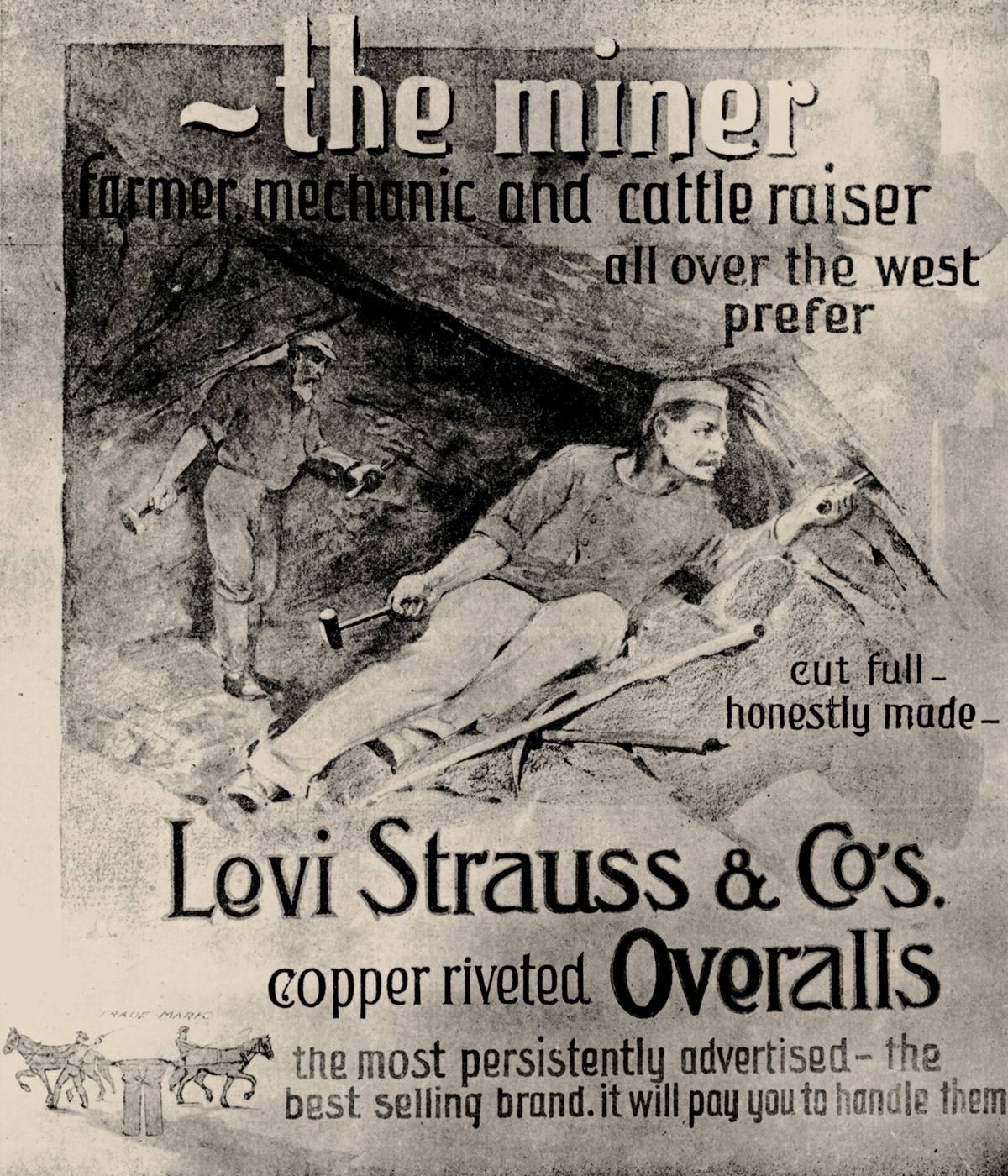
Today, Levi Strauss & Co. is known as the world’s largest maker of pants, and the brand is almost synonymous with all-American “blue jeans.”
Strauss immigrated from Germany to San Francisco in 1850 during the Gold Rush. The entrepreneur noticed that miners were in need of durable pants and hired a tailor to create sturdier garments out of tent canvas.
Metal rivets were added to denim and blue jeans were born
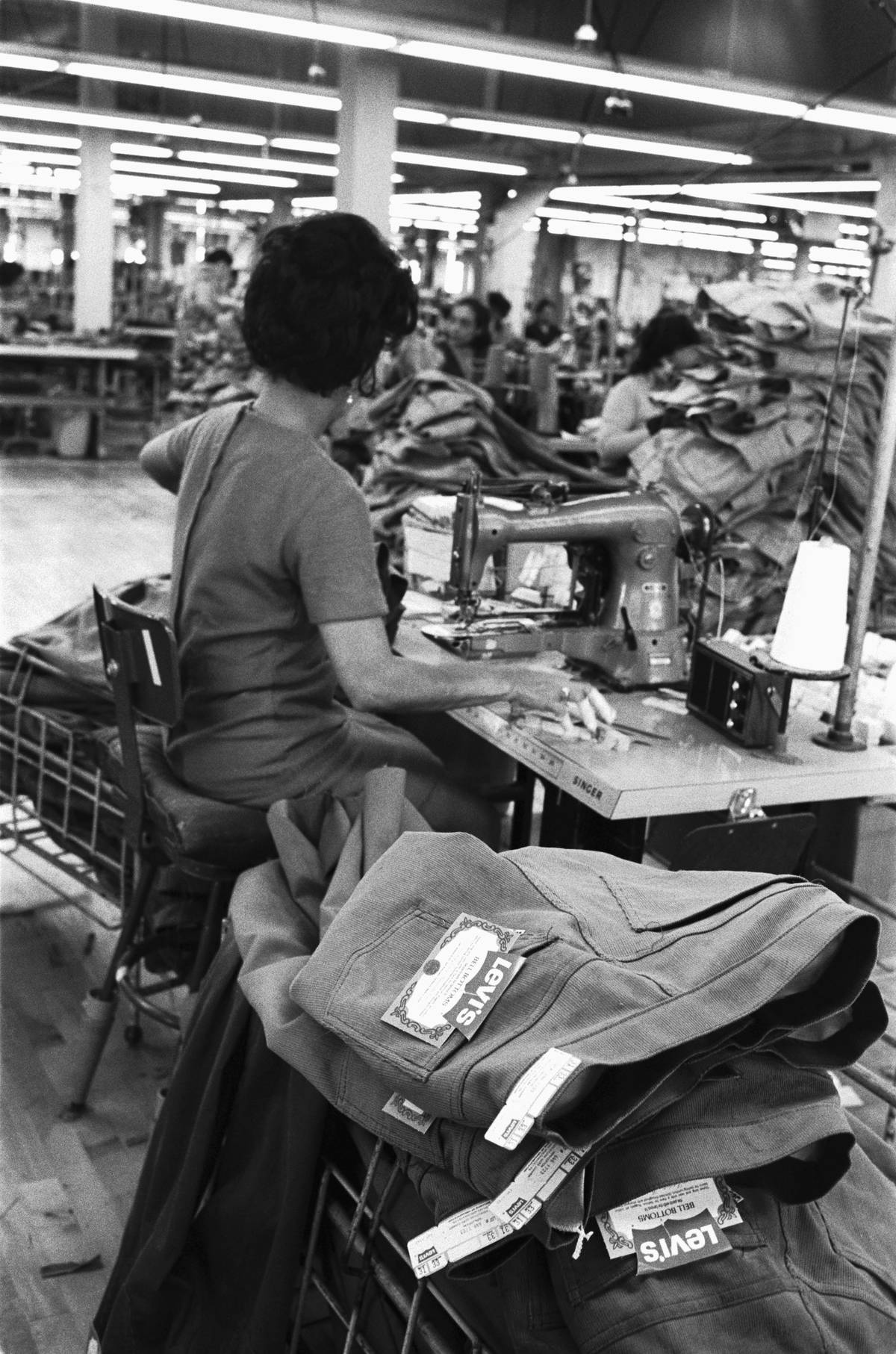
Strauss was already a successful clothing merchant by the time he met Jacob Davis, a tailor from Reno, Nevada, who became a regular customer of Strauss’s denim.
According to History.com, Davis wrote a letter to Strauss describing an idea to reinforce the denim work pants with metal rivets on the stress points (which were the corners of the pockets and the base of the button fly) in order to make them stronger and preserve the pant. Since Davis didn’t have the money for the paperwork to get a patent, Strauss funded the patent, and the innovation that would create blue jeans was granted to both men on May 20, 1873.
Pepsi was originally called “Brad’s Drink”
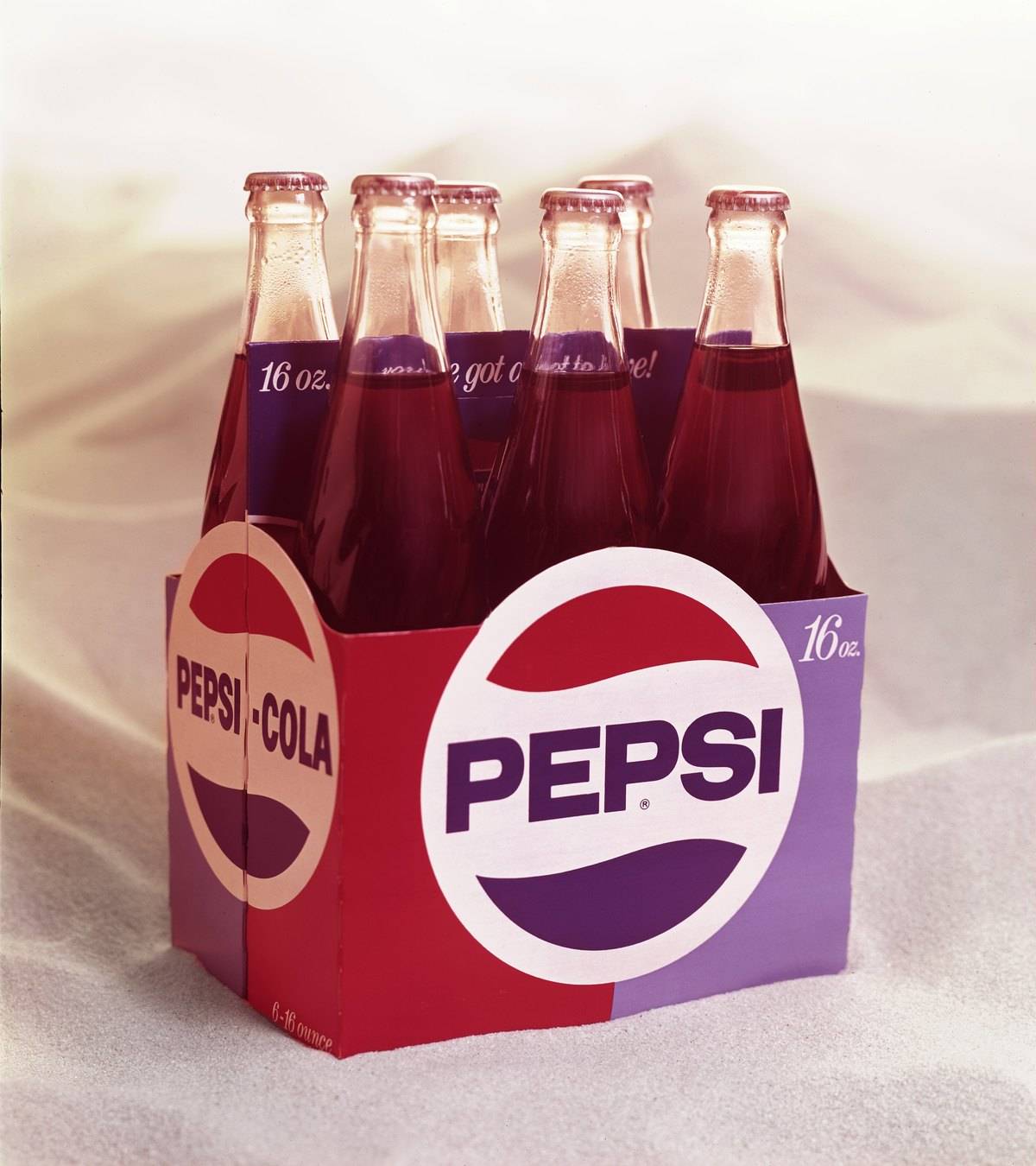
The North Carolina Department of Natural and Cultural Resources reports that in 1983, a pharmacist from New Bern, North Carolina named Caleb Bradham developed and served a carbonated beverage he originally called “Brad’s Drink.”
The fizzy beverage was initially served from the soda fountain in Bradham’s pharmacy and marketed to patients with stomach ailments.
Pepsi was designed by a pharmacist and named after an enzyme
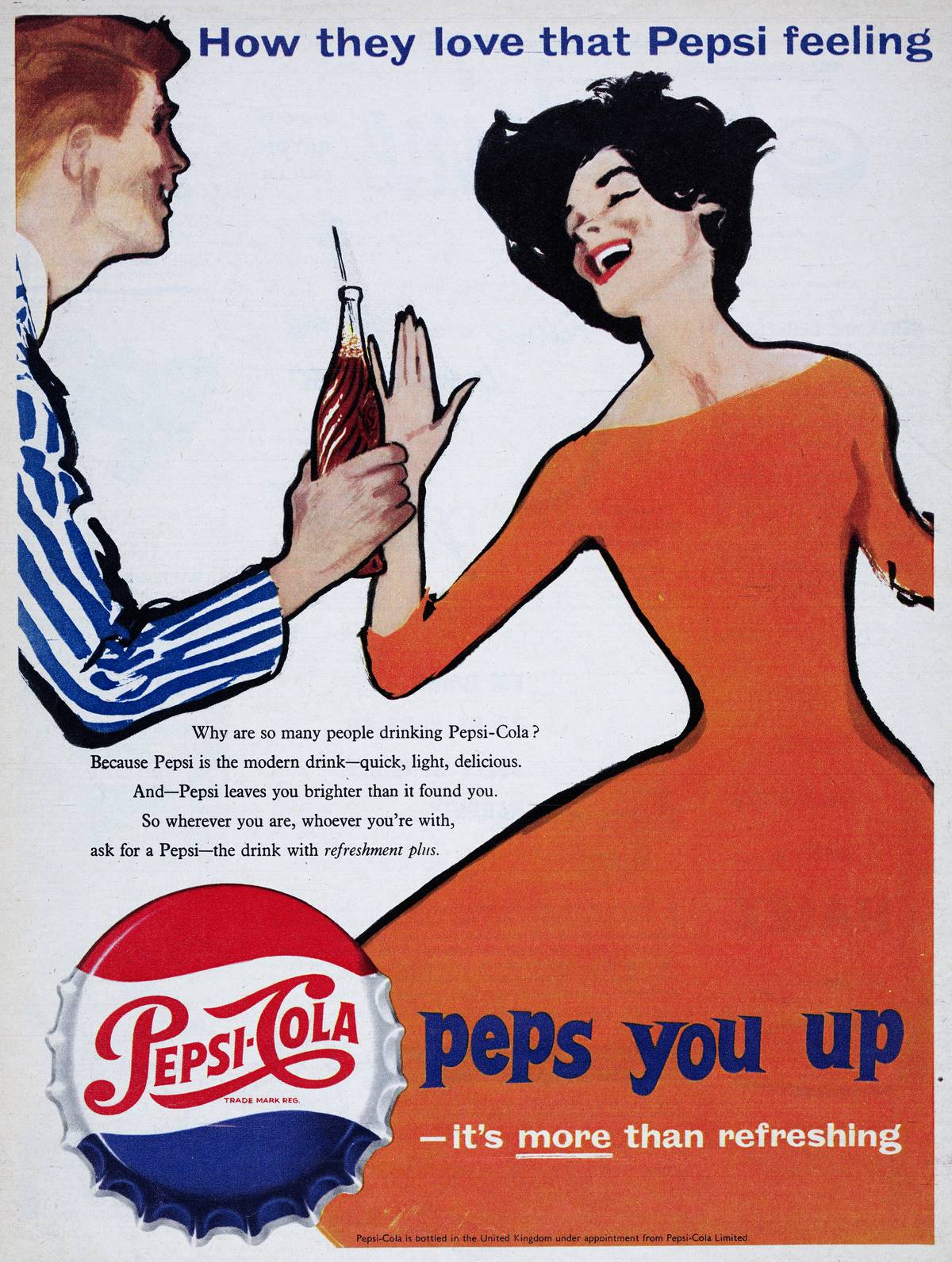
Bradham’s bubbly drink was designed with medicine in mind to provide health, energy, and digestive benefits since it included the enzyme pepsin and the cola nut.
Eventually, those fundamental ingredients were eliminated from the soda pop recipe, but the name Pepsi stuck, and it was trademarked as Pepsi-Cola in 1902.
Wrigley’s chewing gum got its start as a free handout
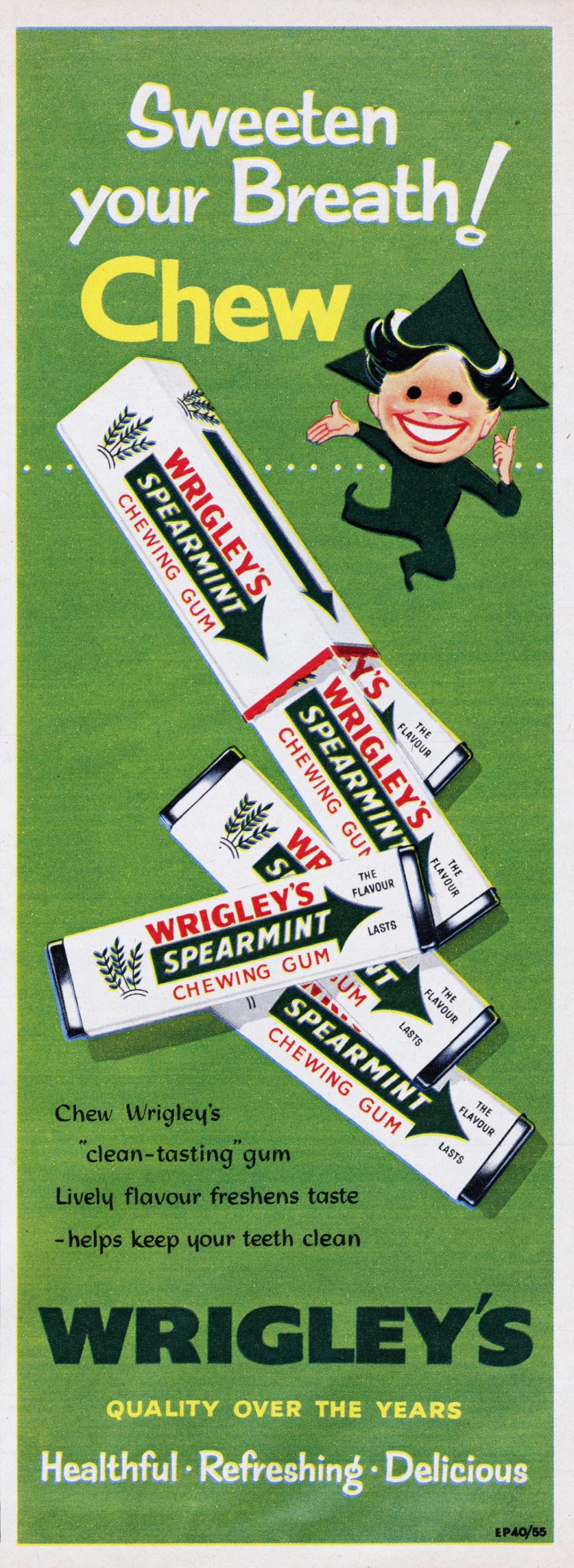
Wrigley’s Spearmint chewing gum is one of the most famous chewing gum brands throughout history and remains popular today. The Made In Chicago Museum explains that when the company was founded over 100 years ago in 1891, the father and son Wrigley duo originally sold bars of soap produced at Wrigley’s soap factory.
William Wrigley Jr. switched to selling baking soda and included gum as a bonus for customers. But the gum soon became much more in demand than the soap or baking soda ever were and became the main focus.
The co-founder of Apple sold his calculator to invest in the company
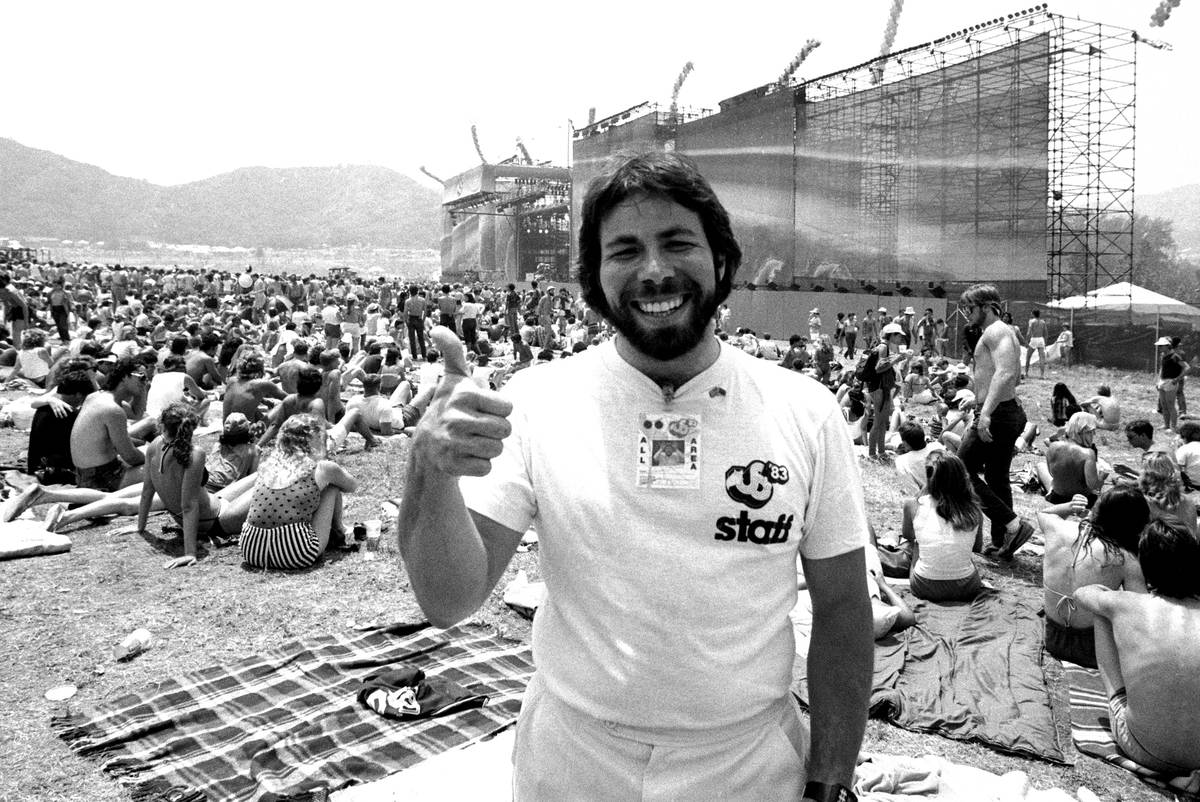
Electronics engineer Steve Wozniak is one of the original co-founders of Apple. Wozniak and his business partner, Steve Jobs, both had to sell some of their belongings in order to raise capital for Apple.
In 1976, Wozniak sold his expensive HP-65 calculator, and Jobs sold his Volkswagon in order to fund their investment. It’s doubtful either of them had any regrets because within a few years’ time, Apple was dominating the electronics market.
Nerf created the first indoor ball
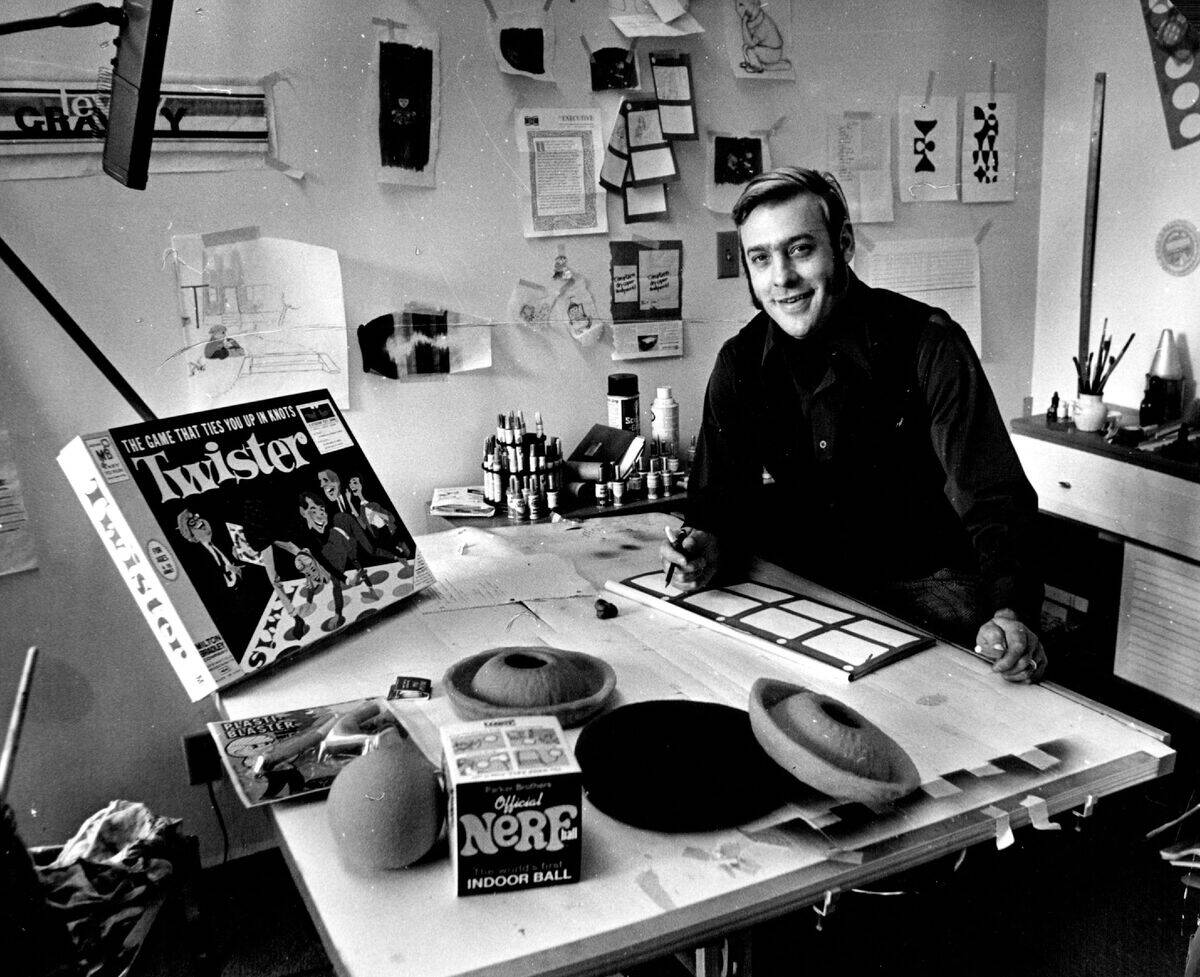
Nerf Hasbro’s history isn’t full of Nerf bullets and foam blasters as you might expect. Instead, the iconic children’s toy got its start in 1969 when the Nerf Ball was introduced as the “world’s first official indoor ball.”
The ball was marketed with a promise that you can “Throw it indoors; you can’t damage lamps or break windows. You can’t hurt babies or old people.” Within one calendar year, the company had sold millions of Nerf Balls.
The founder of Adidas was almost a baker

Adidas is a German manufacturer of shoes, apparel, and sporting equipment. The brand was founded in 1949 by a young entrepreneur named Adolf “Adi” Dassler from the Bavarian state. After high school, on his father’s wishes, Dassler attended a baker’s apprenticeship, but he wasn’t sold on breadmaking.
Dassler designed and stitched his first pair of shoes by hand before launching a small shoe production company. By the time of his death in 1978, Adidas was operating 17 factories internationally and bringing in annual sales of over one billion marks.
M&M’s had to stamp M’s on each candy to stand out from copy-cats
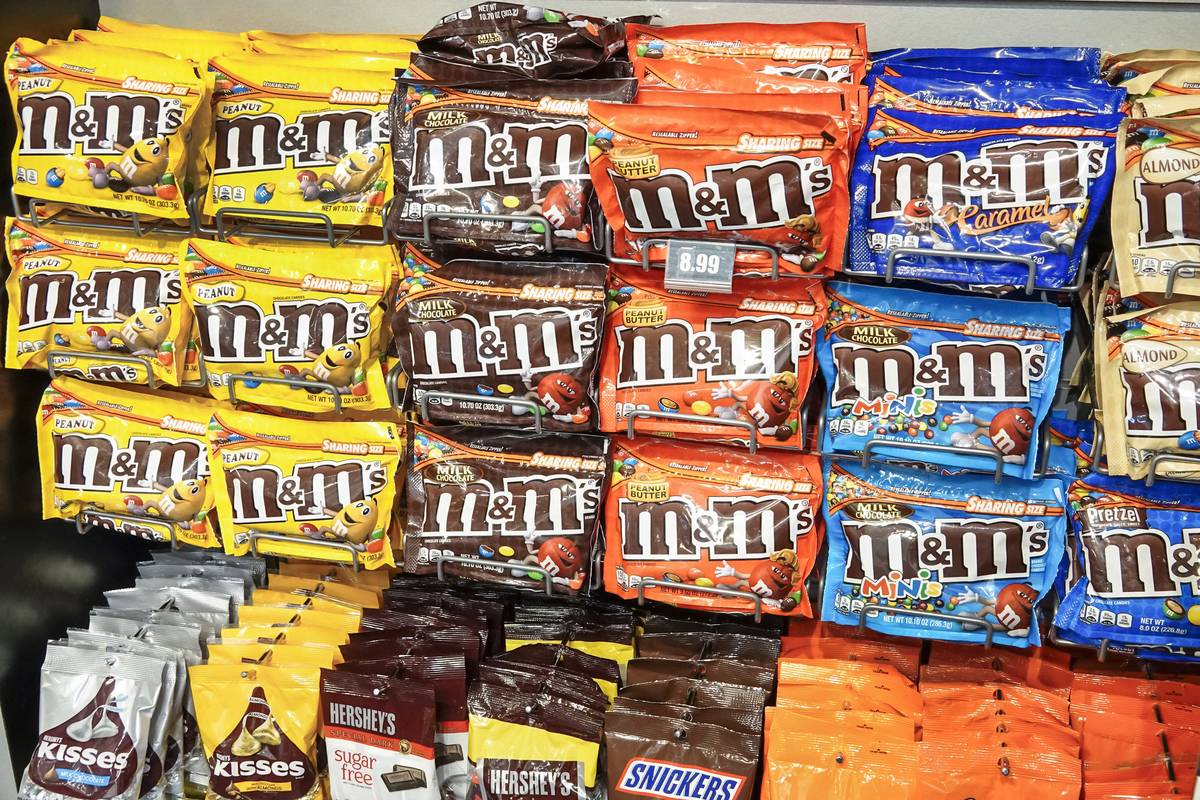
Chocolate lovers everywhere are familiar with M&M’s. A man named Forrest E. Mars established the company and introduced M&M’S Plain Chocolate Candies in 1941.
By the 1950s, the candies were so popular that M&M’s Limited had to come up with a solution to separate them from competitors imitating their product. The solution was to stamp each candy with the now famous “m” and push a new slogan that said, “Look for the m on every piece.” By 1954 the multi-colored candies we know and love were in circulation.
Louis Vuitton got his start as a personal luggage packer
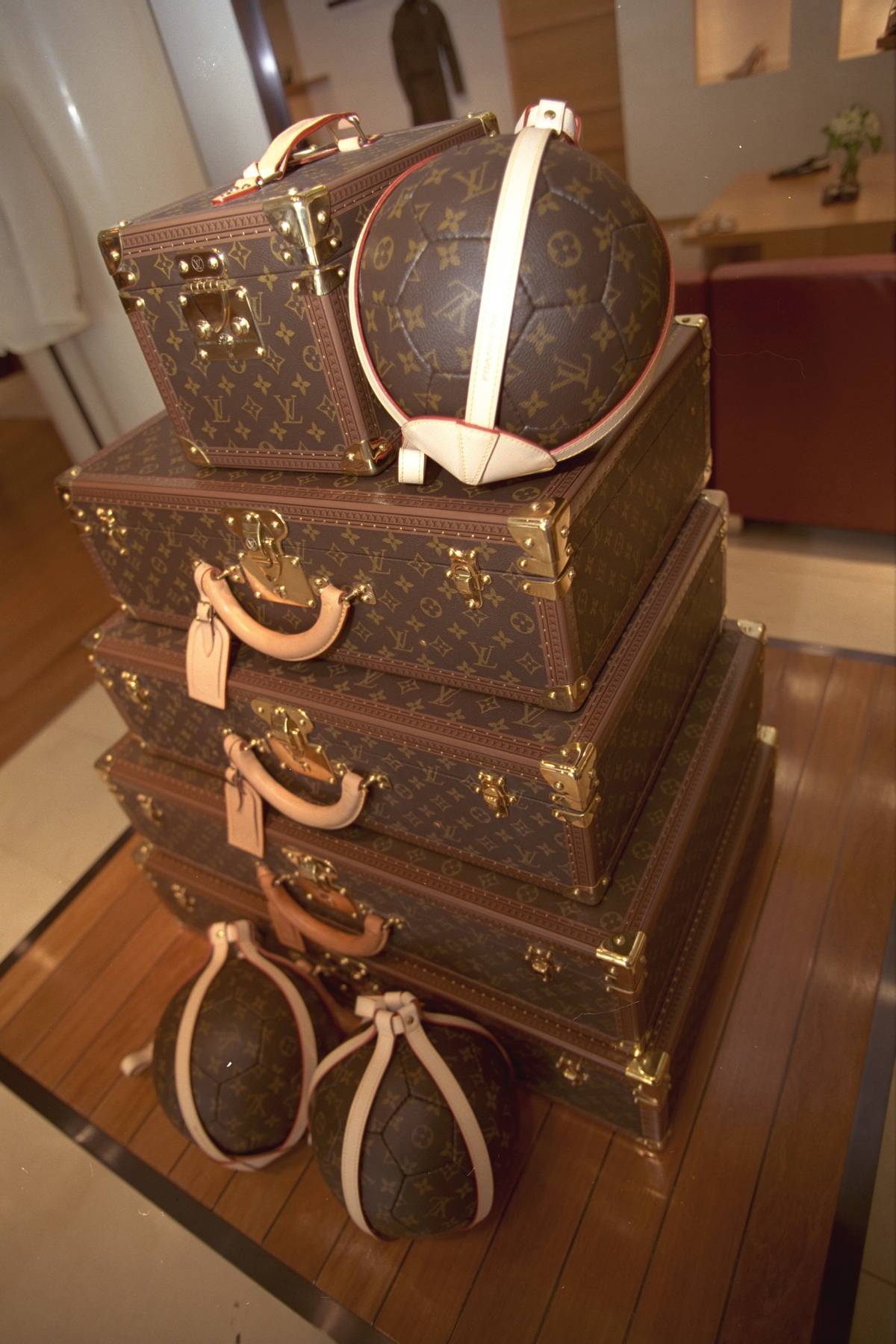
The iconic celeb-favorite fashion brand Louis Vuitton began his career as a trunk maker and personal luggage packer. Architectural Digest reports that Vuitton first arrived in Paris in 1837 before it had been established as the fashion capital of the world.
Vuitton would go on to open his own shop in Paris in 1854 where he sold to the European royal and elite classes. Vogue reports that the globally recognized interlocking L and V brand logo was designed by Louis Vuitton’s son, Georges Vuitton, in 1896.
Fred DeLuca was 17 years old when he started his first sandwich shop that would become Subway
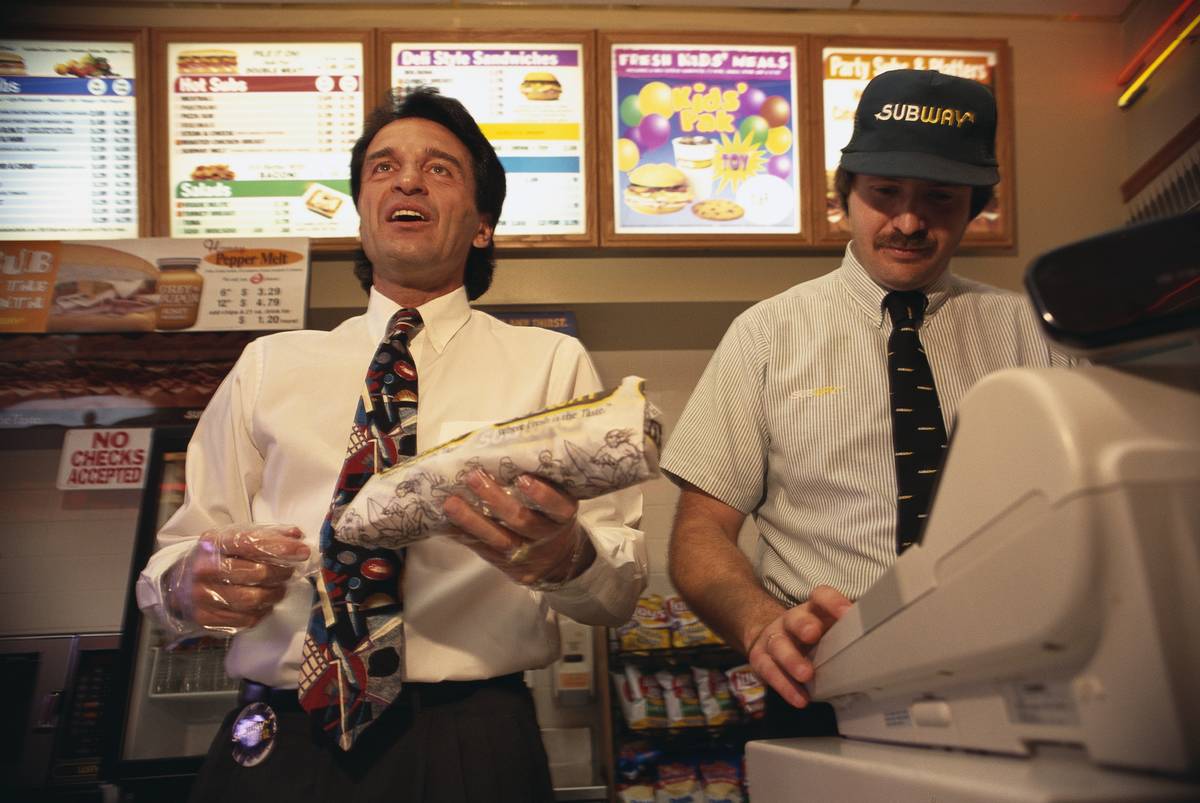
In 1965 Fred DeLuca (pictured left) was a 17-year-old college freshman when he borrowed $1,000 from a family friend, Peter Buck, to invest in opening a sandwich shop in Bridgeport, Connecticut.
The store was originally called Pete’s Super Submarines as an homage to DeLuca’s friend, and the funds helped pay for the remainder of his college tuition. Over the next decade, DeLuca would leverage his experience from the first sandwich shop to open over 32 Subway locations.
Nintendo started out selling card decks
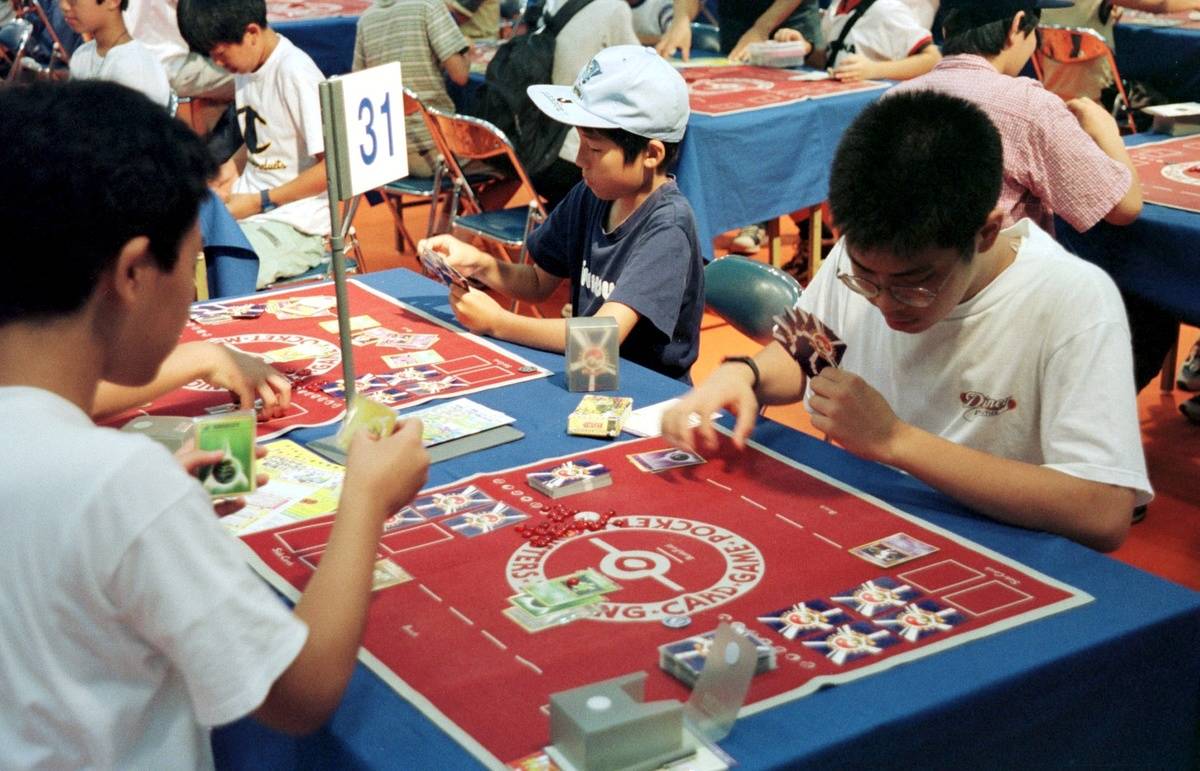
Did you know that before the Nintendo Entertainment System, the Super Nintendo, and Nintendo 64, there were Nintendo playing cards?
Originally called Nintendo Koppai, the company was founded in 1889 by a Japanese man named Fusajiro Yamauchi. At the time, Nintendo manufactured Hanafuda cards which were a type of Japanese playing card.
Harley-Davidson sold motorized bicycles

According to Las Vegas Harley-Davidson, the company’s story began in a shed in Milwaukee in the early 1900s. William S. Harley worked with brothers Arthur and Walter Davidson to build a motor-powered bicycle in 1917.
There wasn’t a major market for powerful motorcycles at the time, but the team of inventors decided to market their “motor-bicycles” to the leisure biking group. They also hoped to target a younger audience that could eventually buy motorcycles when they were old enough.
Nutella is a byproduct of WWII
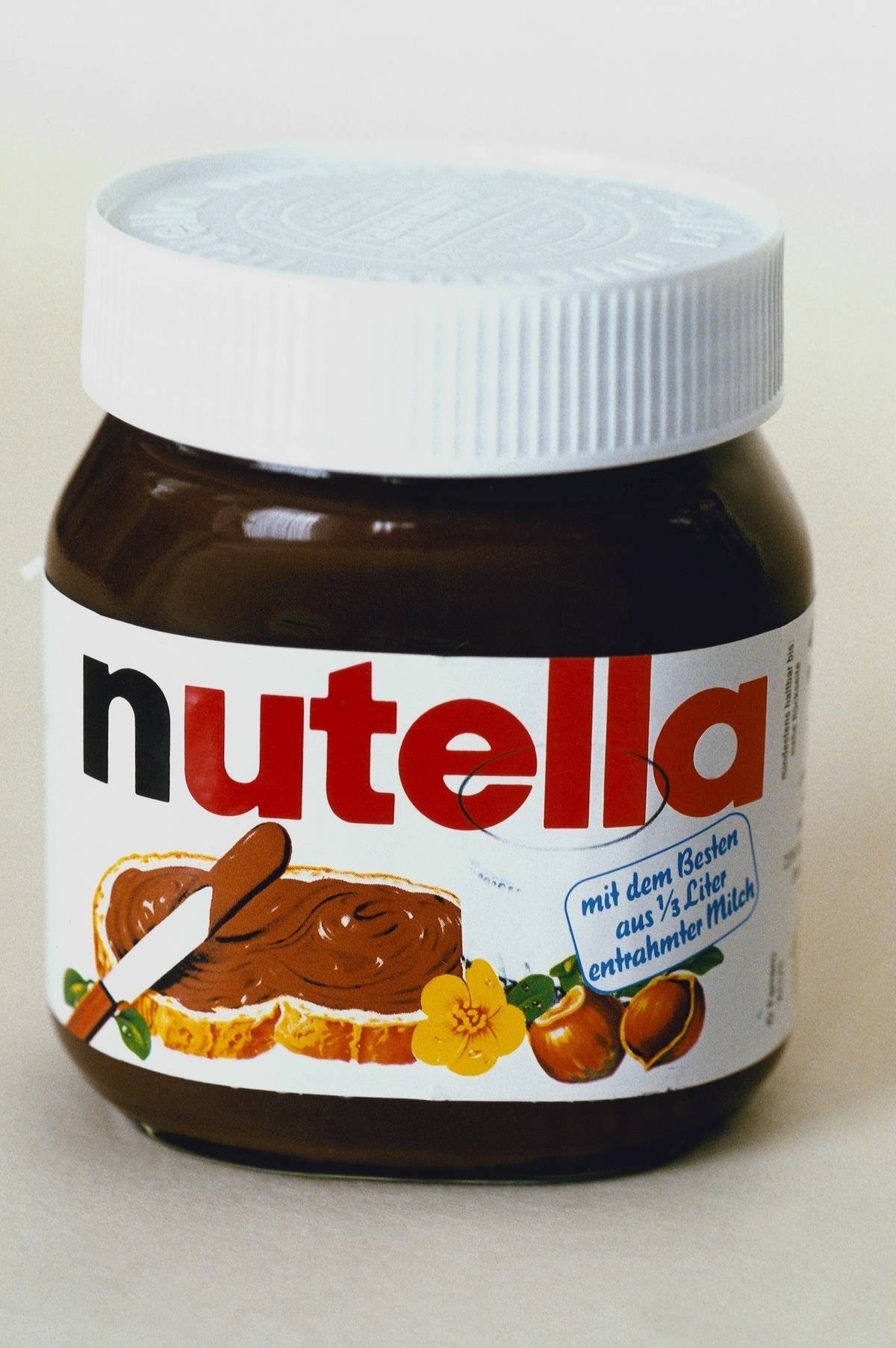
Nutella is one of the best products born out of World War II. Following the war, cocoa was extremely scarce and an Italian confectioner/pastry-maker named Pietro Ferrero got to work finding a substitute.
Ferrero created a sweet paste made from hazelnuts, sugar, and just a small amount of the rare cocoa. The original recipe created in 1946 was thicker and shapen into a loaf that could be spread on bread. In 1951, the recipe was adjusted again to a creamy, spreadable consistency, and by 1964, Nutella was on shelves.
Play-Doh was originally marketed as wallpaper cleaner

The Smithsonian Magazine reports that in the 1930s a company called Kutol was founded in 1912 in Cincinnati, Ohio.
In the 1930s Kutol had become the largest wallpaper cleaner manufacturer in the world. They offered “a soft, pliable compound used for wiping soot from wallpaper” since many homes still operated wood-burning stove heating systems.
The name Play-Doh came from an elementary school teacher who let her students play with it
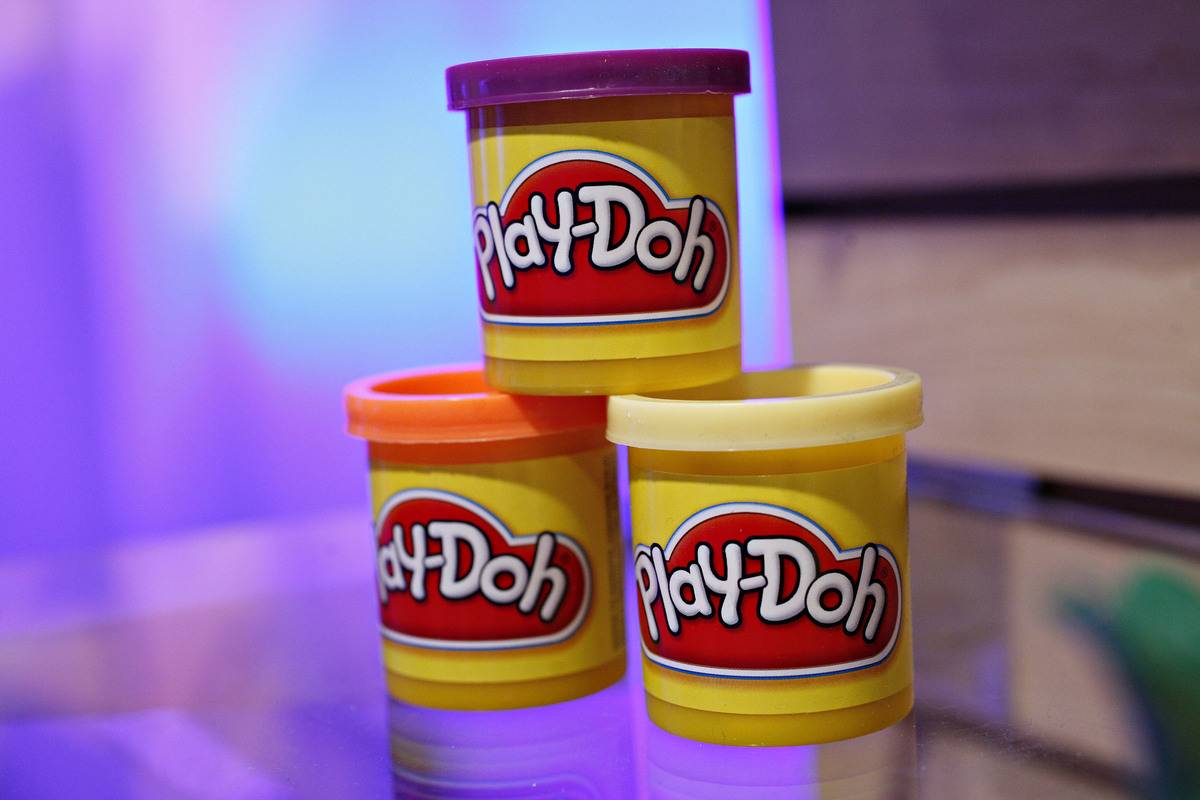
Kutol founder Noah McVicker had created the non-toxic mixture of flour, water, salt, boric acid, and mineral oil but by the 1950s in-home woodstoves were becoming less popular and the market for the cleaning compound was dying.
McVicker’s sister was a primary school teacher and found that she could use the material as a modeling dough for children. She even suggested changing the name to Play-Doh, and the rest is history.
The Nike swoosh was designed by a 17-year-old college student
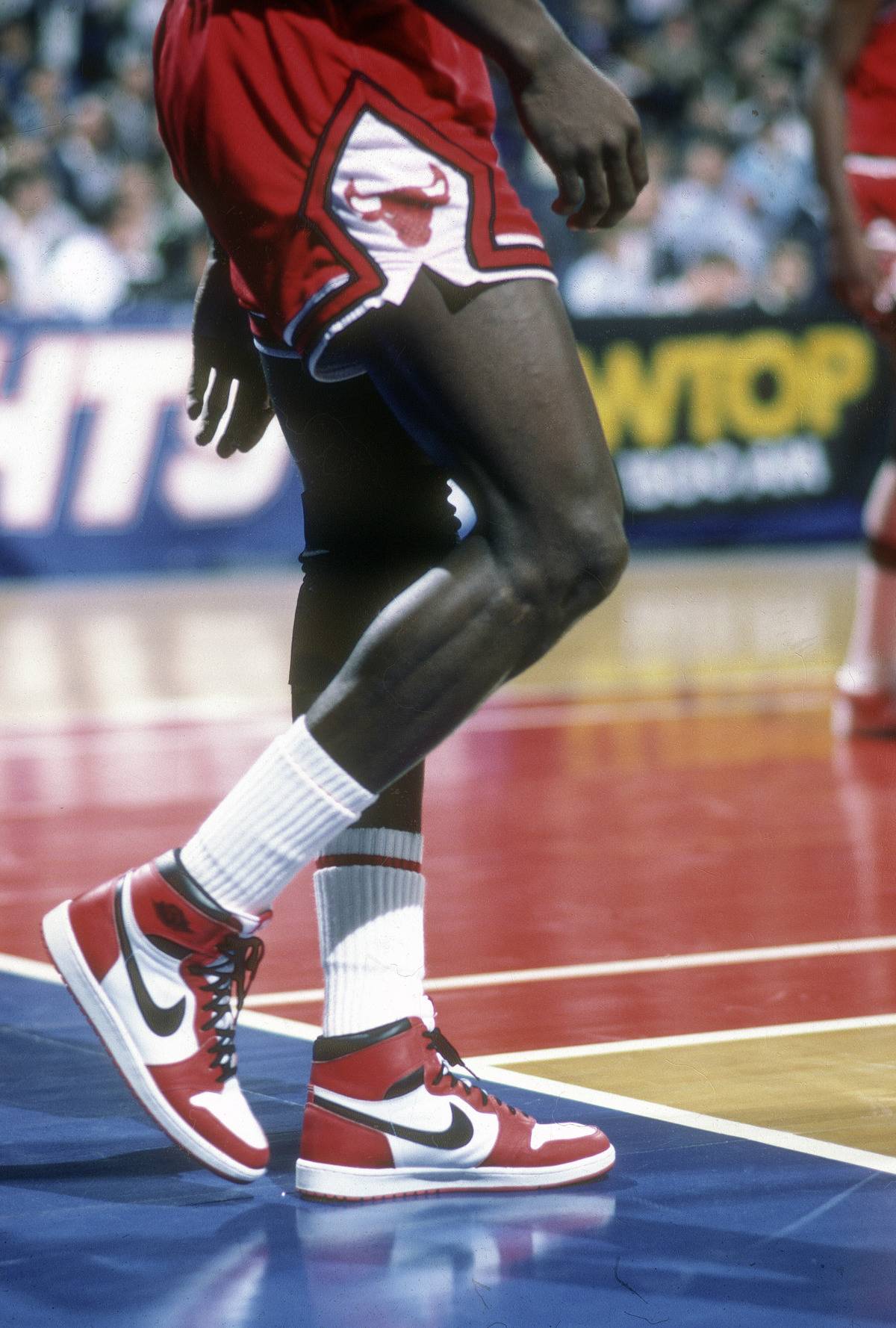
The iconic Nike swoosh was actually designed by a young female student who was attending Portland State University studying design in the early 1970s.
Nike Founder and part-time professor Phil Knight overheard a then 17-year-old Carolyn Davidson admit that she was short on cash and offered her the chance to do some design work for him.
She was paid $35 for the design

When Phil Knight asked Carolyn asked her to create a “shoe stripe” design that “had something to do with movement,” she created a handful of options— one of which was the iconic swoosh.
At the time, Carolyn charged only $35 for her design but in an open letter she credited Nike with the success of her career, and the shares they offered her in the company.
M&M’s was the first candy in outer space
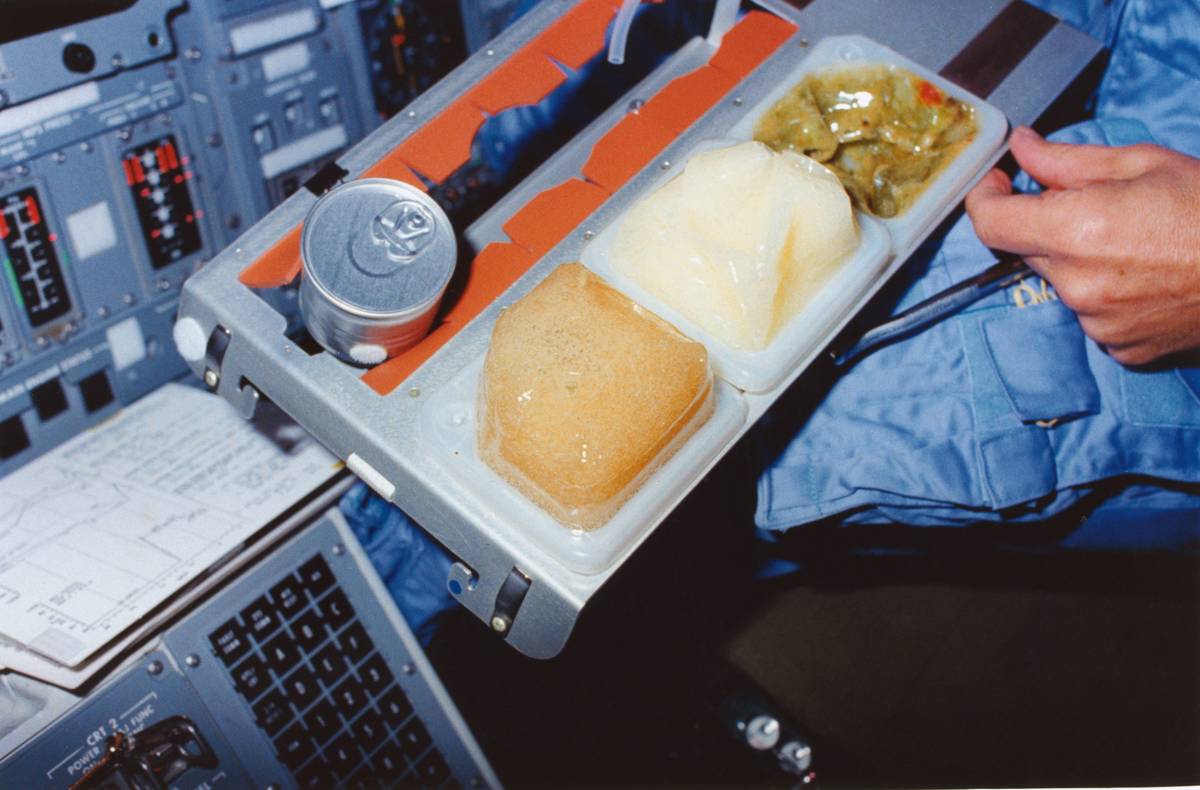
M&M’s popularity also helped them secure a major milestone in the 1980s: they became the first chocolate candies to go to outer space.
This happened when the chocolate candy was chosen by the first space shuttle astronauts to be included in their food supply. To this day, American astronauts can expect to enjoy some M&M’s in their meal plan.
Ben & Jerry’s wanted to be a bagel company
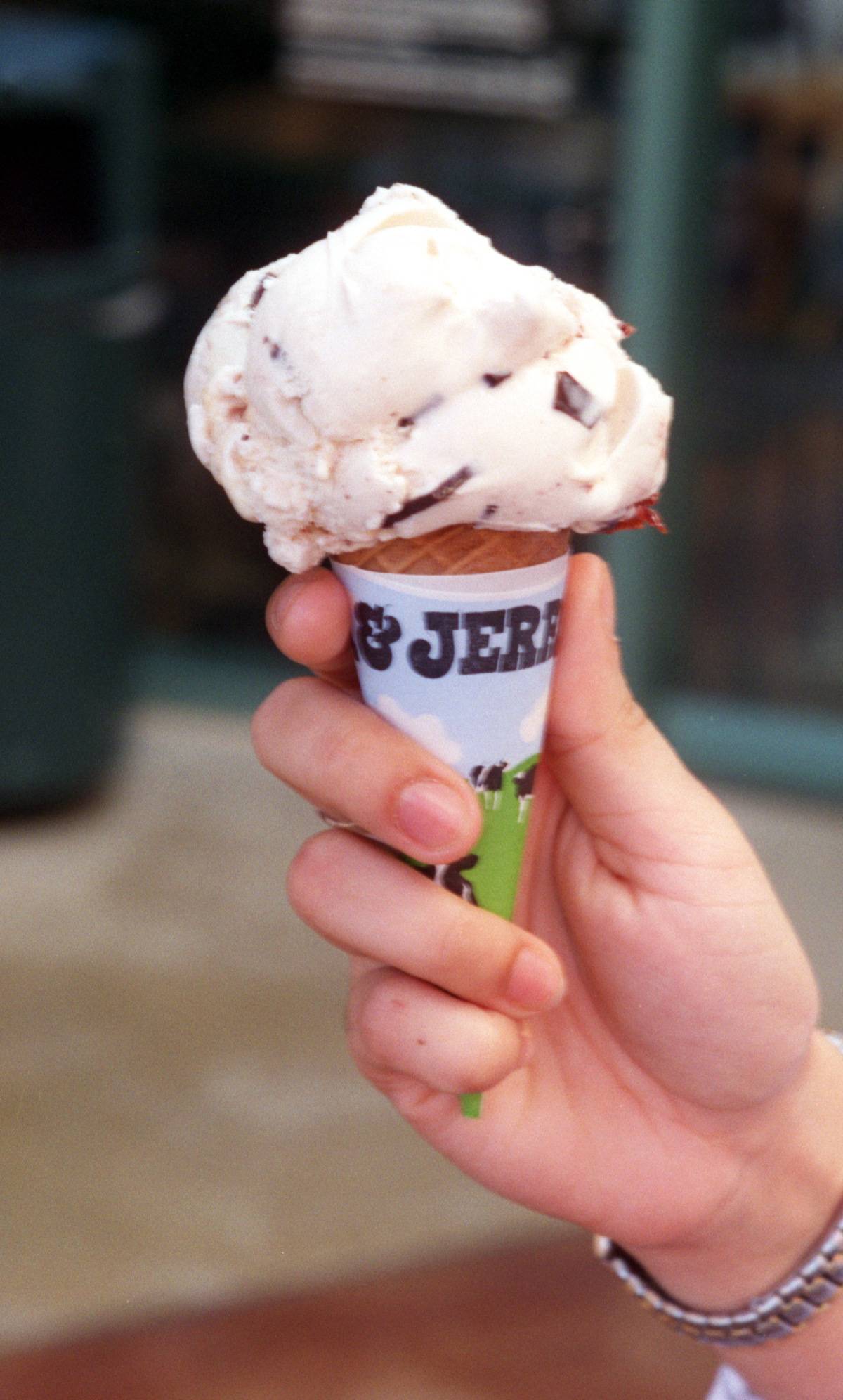
Did you know that ice-cream lovers’ favorite brand, Ben & Jerry’s, was originally pitched as a bagel company?
Founders Ben Cohen and Jerry Greenfield had an original vision to provide customers with “bagels, lox, cream cheese, and the New York Times on Sunday mornings,” according to the Ben & Jerry’s website.
The bagel making equipment was too expensive so they switched to ice cream
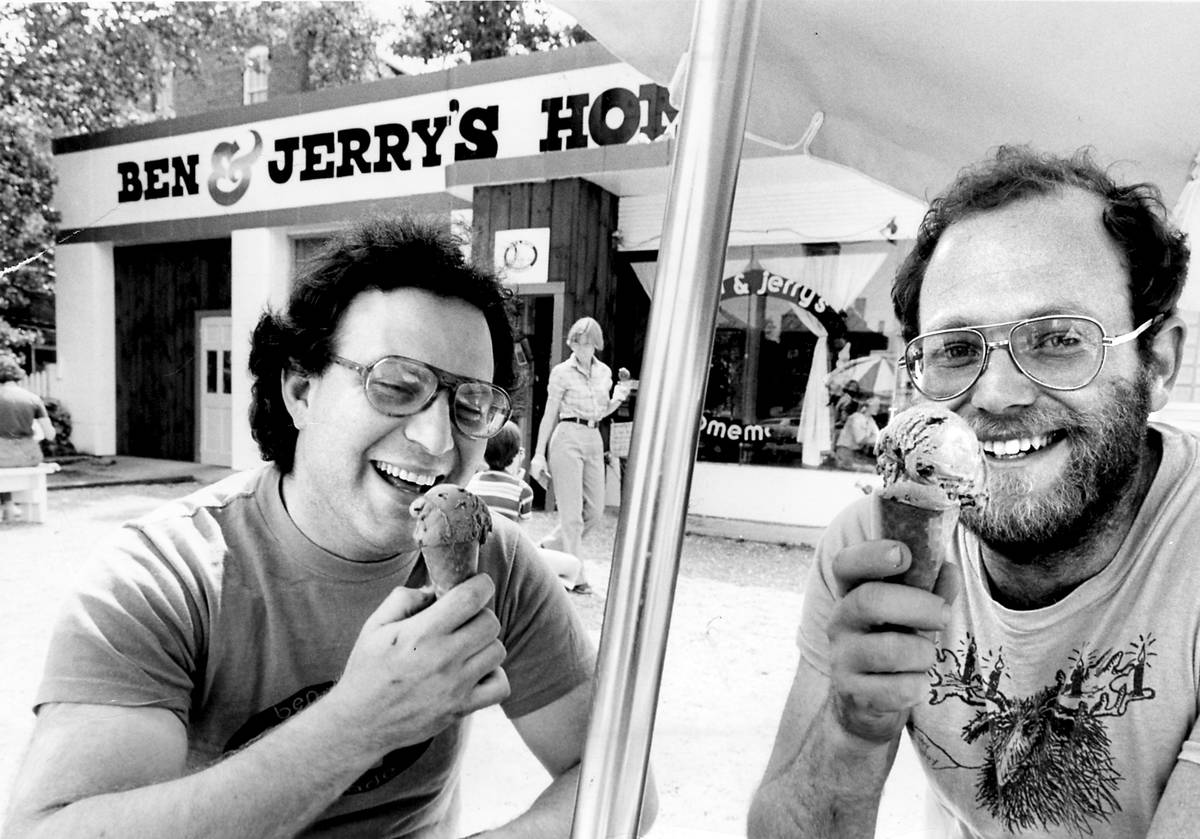
When Ben and Jerry found that the bagel-making equipment was going to be too pricey of an investment, they switched gears and decided to invest in a homemade ice cream business.
According to Ben and Jerry’s website, the founders had completed a “$5 correspondence course in ice cream-making from Penn State” when they made a “$12,000 investment ($4,000 of it borrowed)” and opened their first ice cream scoop shop “in a renovated gas station in Burlington, Vermont.”
Michael Kors designed his mom’s wedding dress at 5 years old
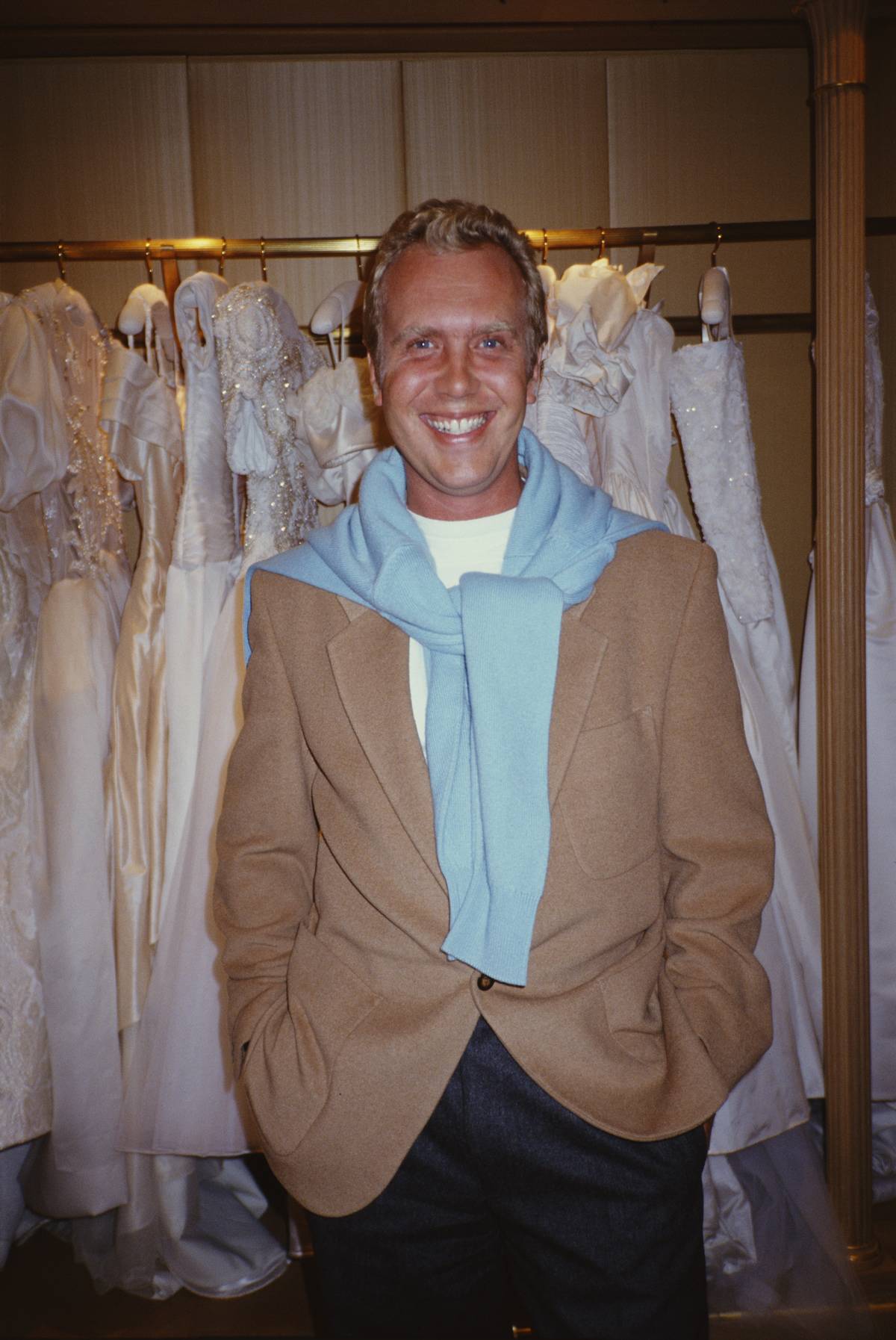
Fashion mogul Michael Kors began designing women’s clothing at the early age of five years old, starting with redesigning his mother’s wedding dress. His first piece of advice was to “ditch the bows” for her second wedding and she was happy to take his advice.
Kors’s passion and eye for fashion only developed from there and according to Business Insider, today the Michael Kors brand is valued at over $5 billion.
The Rubik’s Cube is the best selling toy of all time

In 1974, a young Hungarian design teacher, architect, and puzzle fanatic named Ernő Rubik became obsessed with designing a way to model three-dimensional movement for his students.
He spent months tinkering with blocks of cubes and finally created a product he called the “Magic Cube.” According to Smithsonian Magazine, a toy marketer pitched the puzzle to Ideal Toy & Novelty Company which would rename the puzzle Rubik’s Cube. By 1980 the toy was on shelves in stores across America, and today has sold more than 450 million games, making it the best-selling toy of all time.
Barbie was designed by a missile engineer
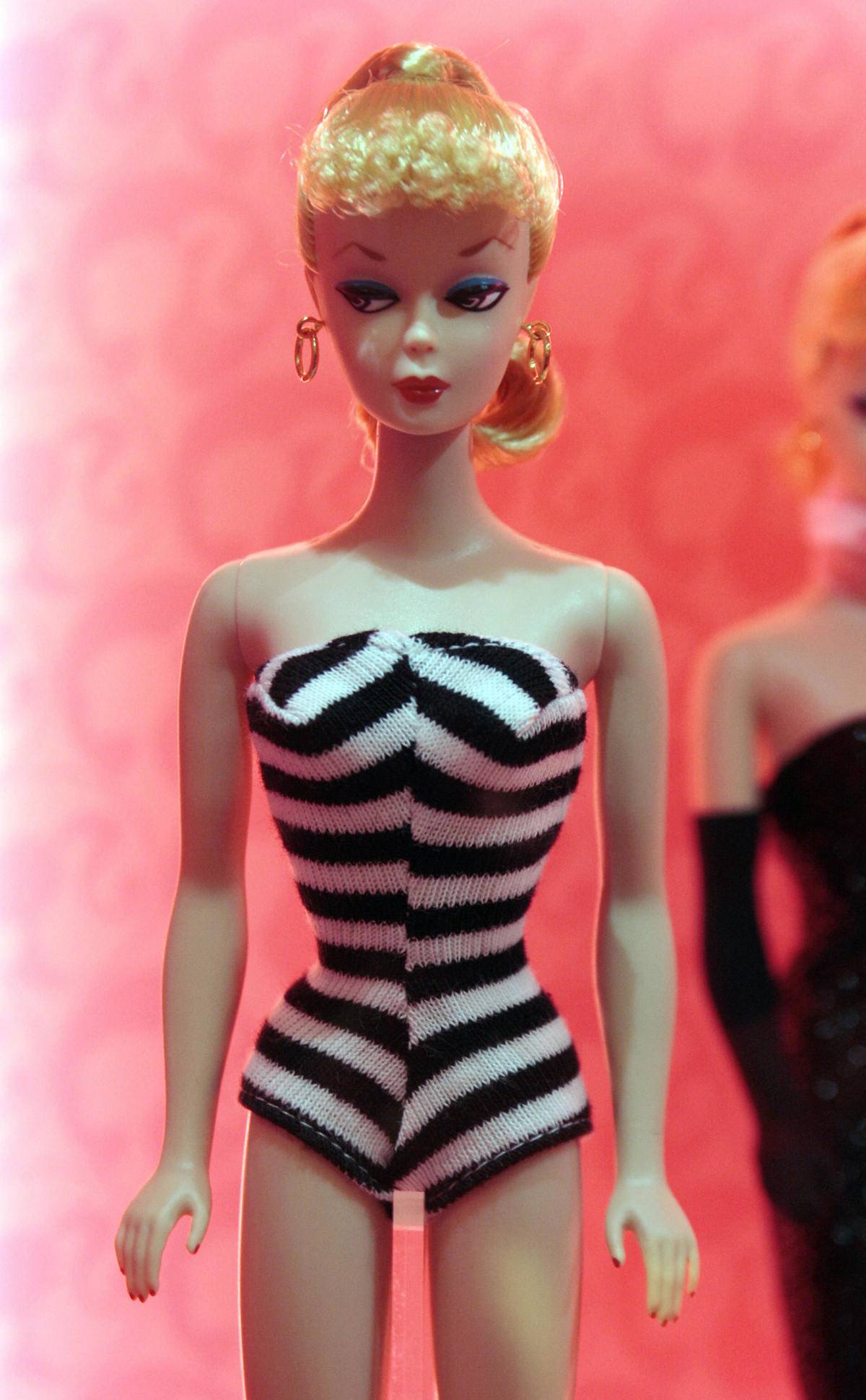
Jack Ryan was an engineer designing missiles for the American military when he was poached by Ruth Handler, the then-president of a fledgling company called Mattel.
Ryan’s intricate knowledge of mechanics would secure him the position of head of research and development at Mattel in 1955. PopularMechanics reports that Ryan designed and patented the original Barbie doll and was also credited with toys like Chatty Cathy and Hot Wheels.
Coca-Cola was the very first sponsor of the Olympic Games
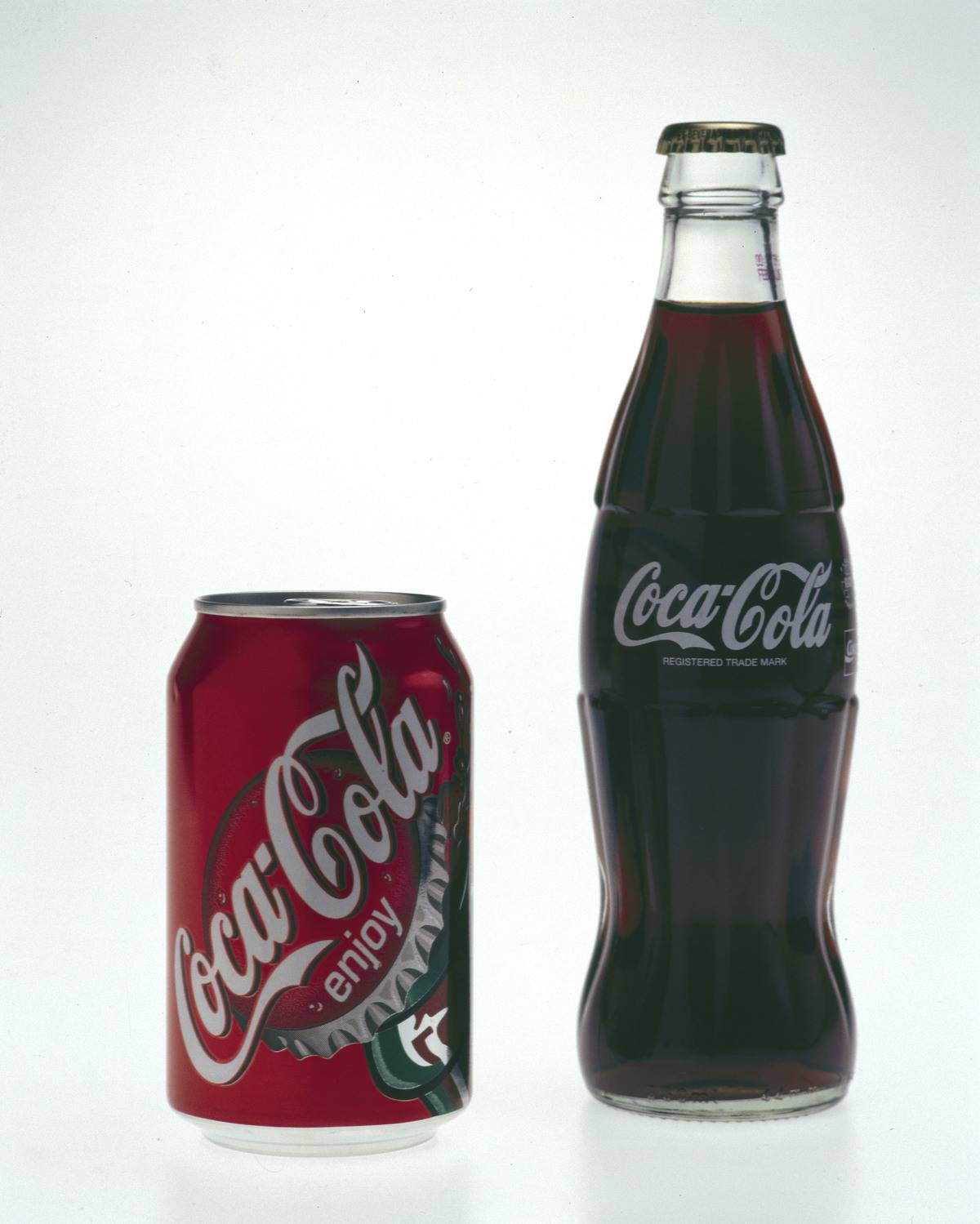
In 1928 Coca-Cola became the first sponsor of the Olympic Games when the notoriously ingenious marketing team saw an advertising opportunity.
Sponsorships essentially fund certain sporting events today, but that wasn’t always the case. It’s not exactly surprising to learn that Coca-Cola was the pioneering brand behind the sponsorship movement. Where would NASCAR be today without sponsors?!
Colonel Harland Sanders started selling his chicken at a gas station
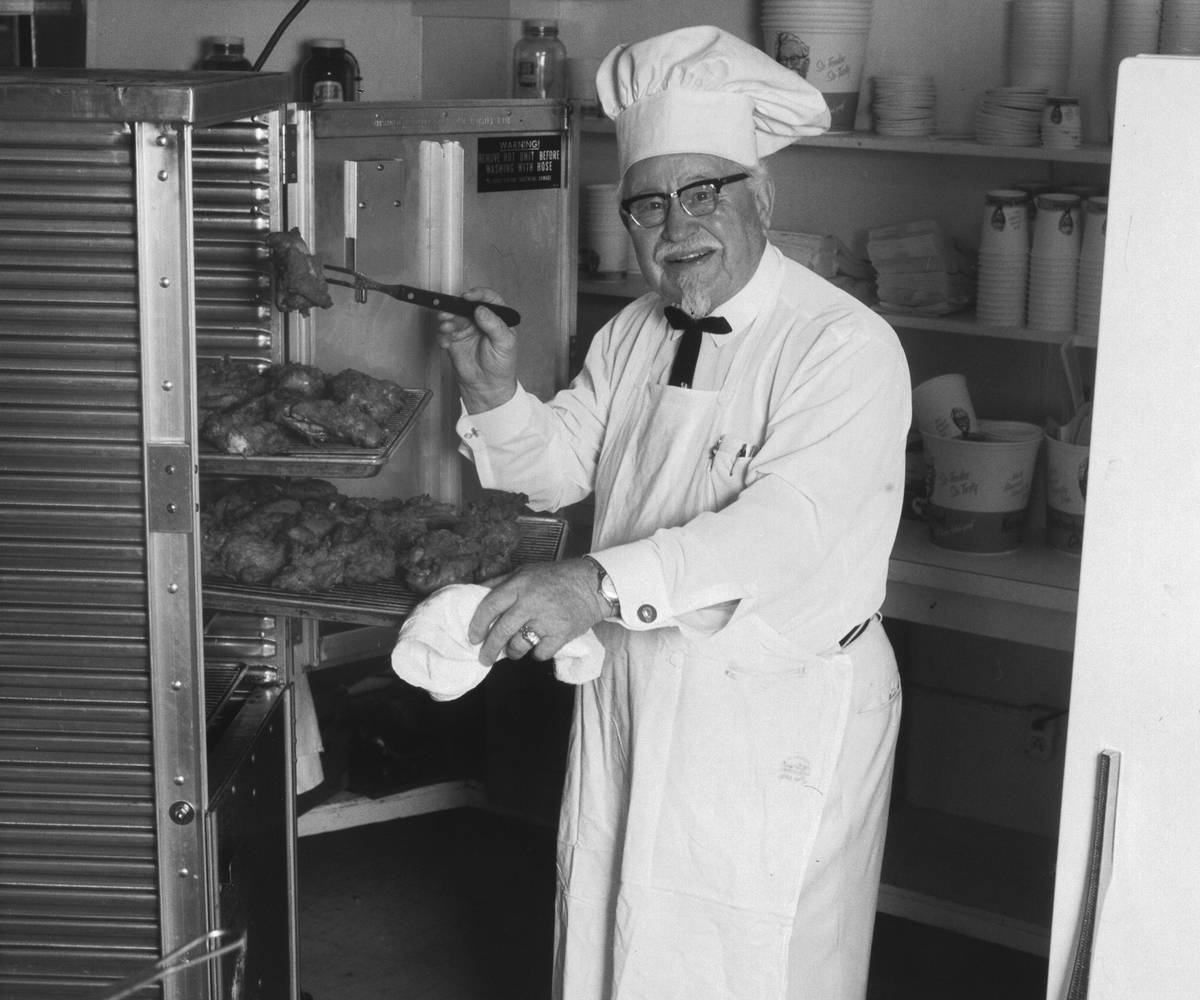
The infamous Colonel Harland Sanders wasn’t always the Kentucky Fried Chicken King, in fact, at one point he was pumping gas for travelers at a local gas station in Corbin, KY.
Sanders noticed that there was a market for food at the rest station so, in 1930, he opened a small café that he called Sanders Court & Cafe in front of the gas station. By 1940, he had perfected the now famous 11-herbs-and-spices recipe and began leveraging his success into a franchise business chain. And the rest is finger lickin’ history.
1/3 of the population visits Walmart weekly
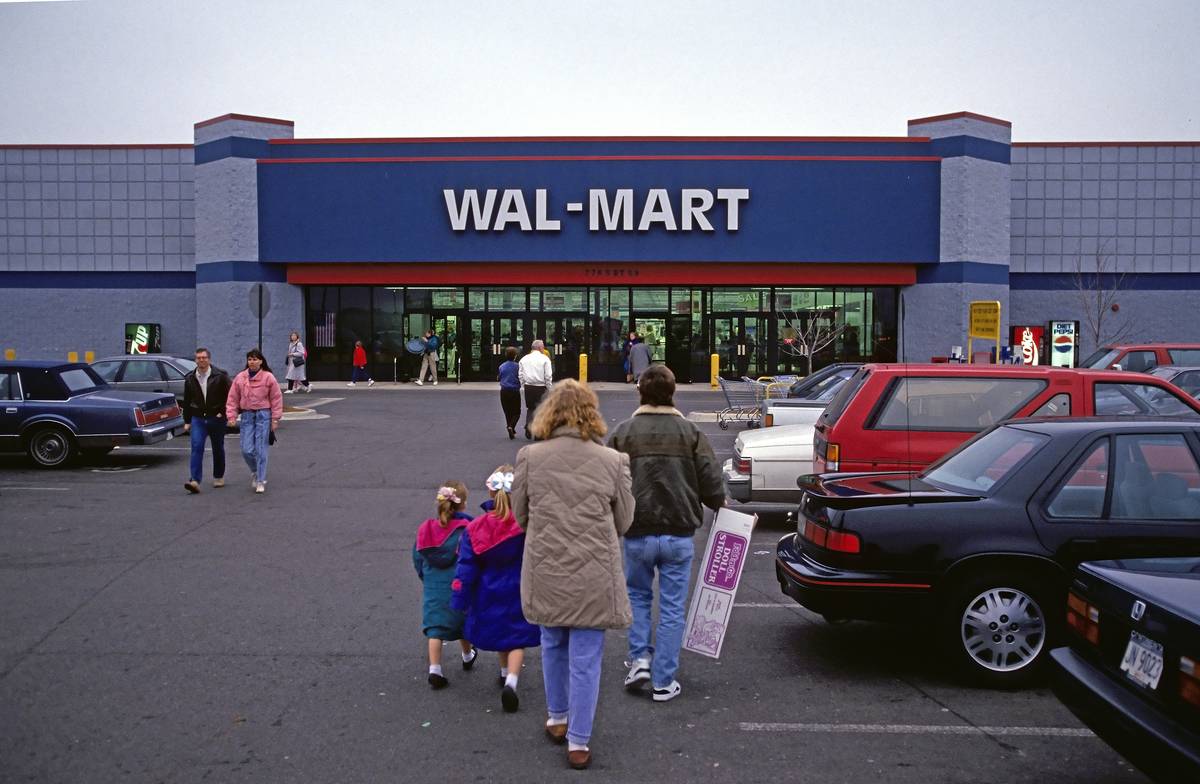
According to Statista.com, “In the fiscal year 2022, there were approximately 230 million customer visits each week to Walmart stores throughout the world. The world’s biggest retailer reached around 573 billion U.S. dollars in revenues and about 568 billion in net sales.”
A 2016 report released by Walmart revealed that on a weekly basis, approximately 1/3 of the American population wandered through the doors of a Walmart.
Disneyland was almost called Mickey Mouse Village
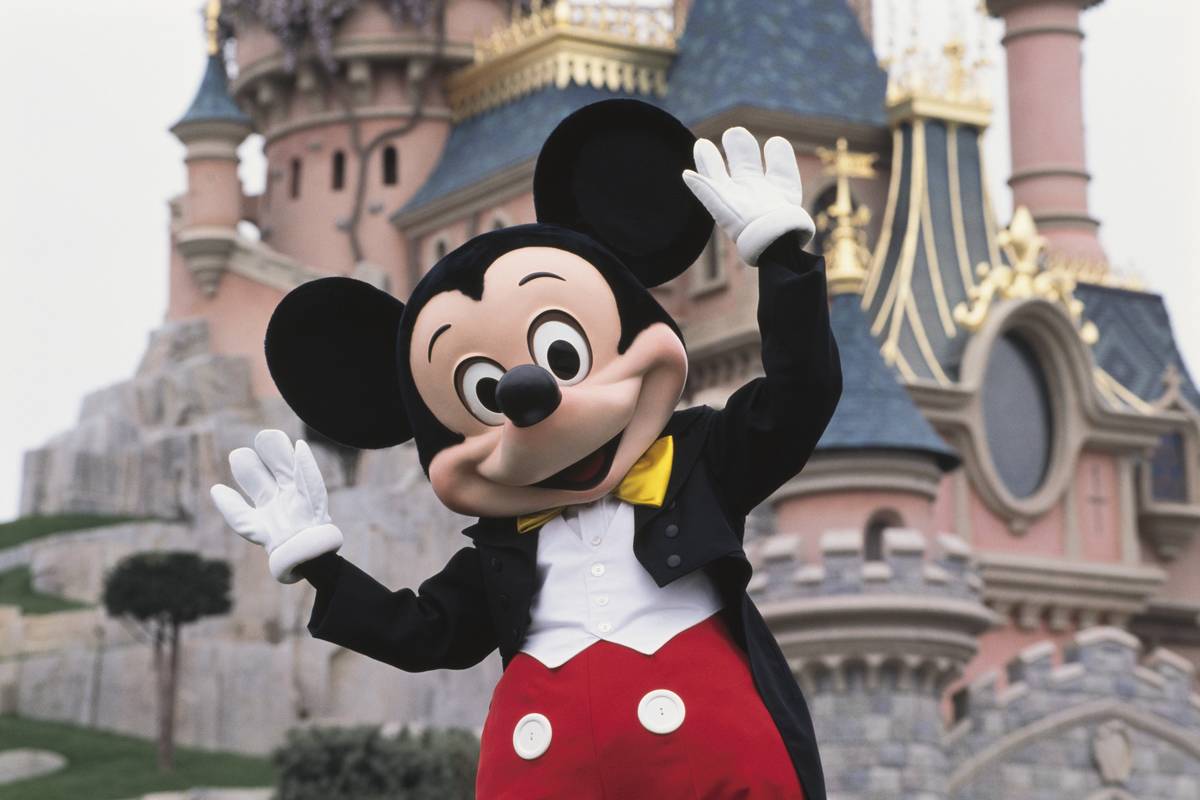
Before Disneyland held its grand opening in 1955, Walt Disney had considered a few different name options for the amusement park. One name that came close to sticking was “Mickey Mouse Village” after the iconic Mickey Mouse character.
Disney settled on naming the park after himself instead of the character and so was born the happiest place on earth.
McDonald’s is one of the most globally recognized brands

Today, McDonald’s is arguably one of the best known brands globally with over 38,000 restaurants in over 100 nations worldwide.
However, back when the company was founded in 1940, brothers Dick and Mac McDonald had no idea the success their business venture would achieve.
Post-It notes were an accident.

The 3M company was founded in 1902 and might be best known for its staple Post-It note product. Today, the canary yellow sticky notes can be found in nearly every academic and administrative environment, but technically they only exist as the result of a happy accident.
Dr. Spencer Silver was working as a scientist for 3M. His research on adhesives led him to unintentionally discover something strange: an adhesive that stuck lightly to surfaces but didn’t bond tightly to them.
How the idea stuck
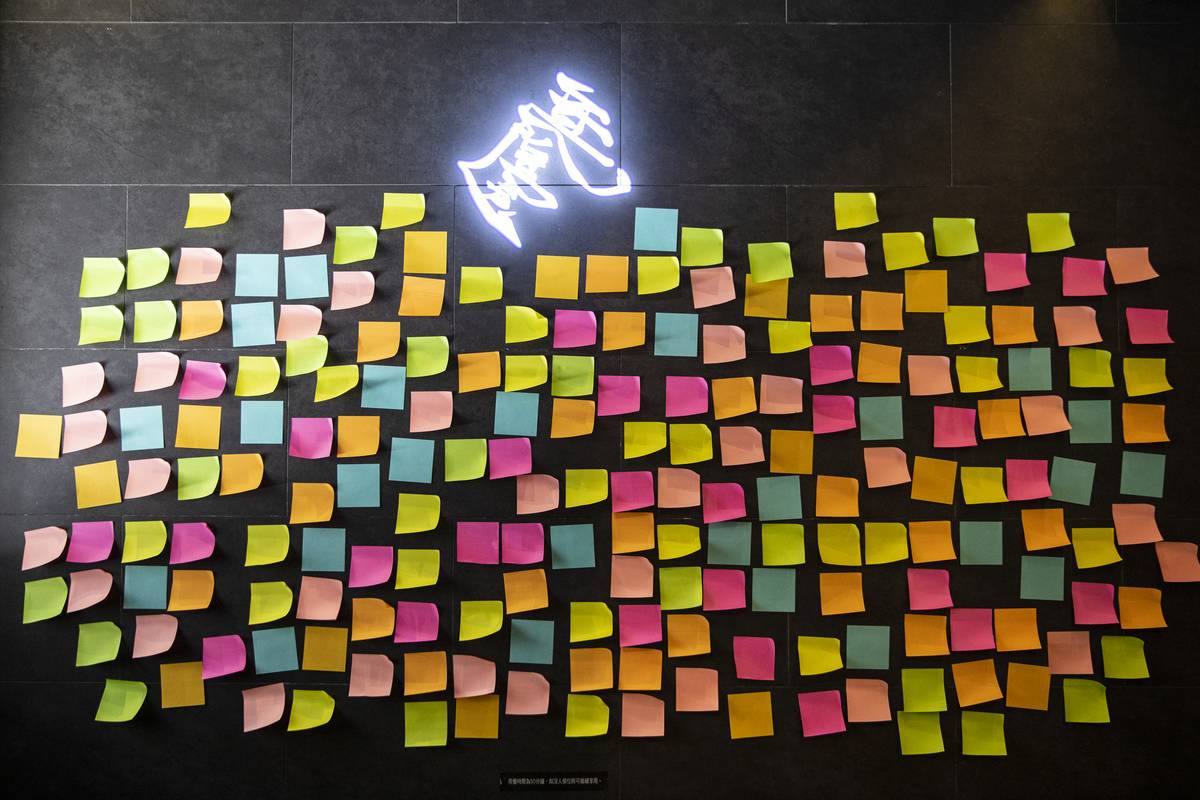
Another 3M scientist named Art Fry was frustrated while practicing with his church choir. He often used little scraps of paper to mark the hymns the choir was going to sing in the service. But by the time Sunday rolled around, he’d find that the paper bookmarks had all fallen out of the hymnal. He needed a bookmark that would stick to the paper without damaging the pages.
The two men realized they had a solution to each other’s problems.

